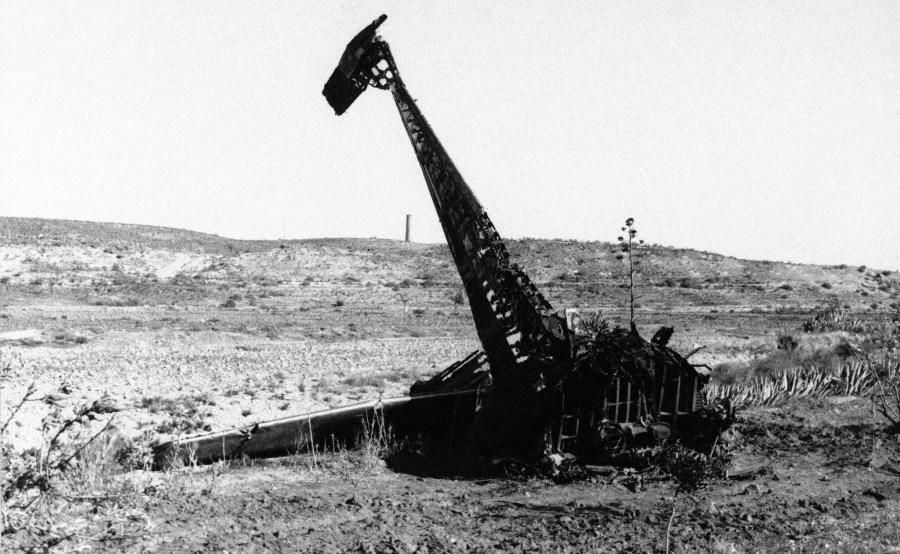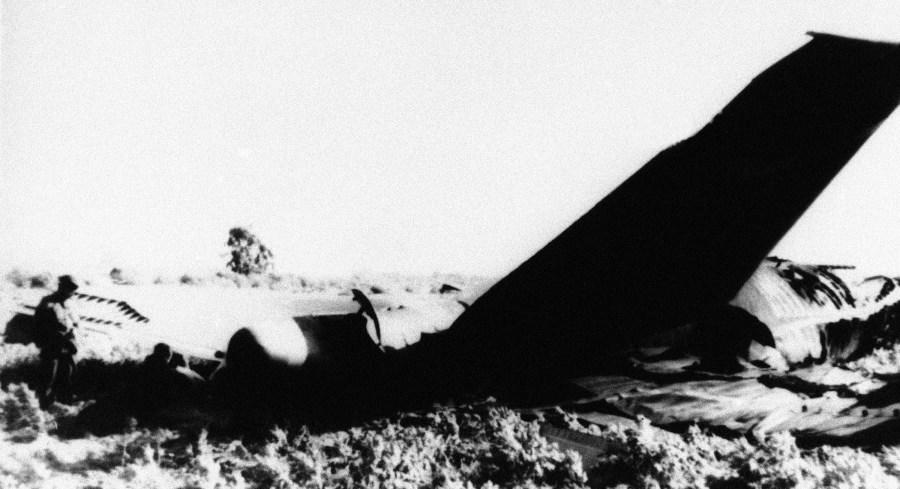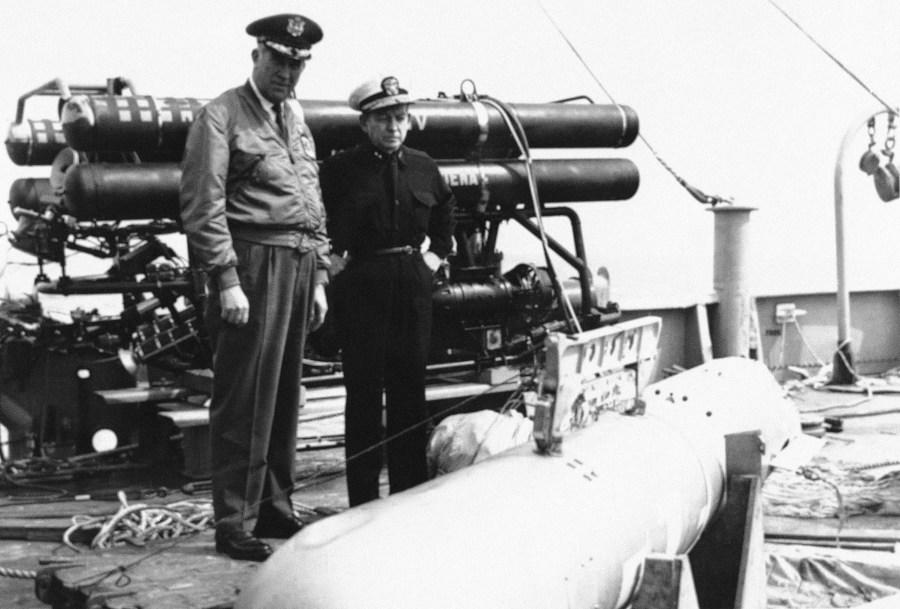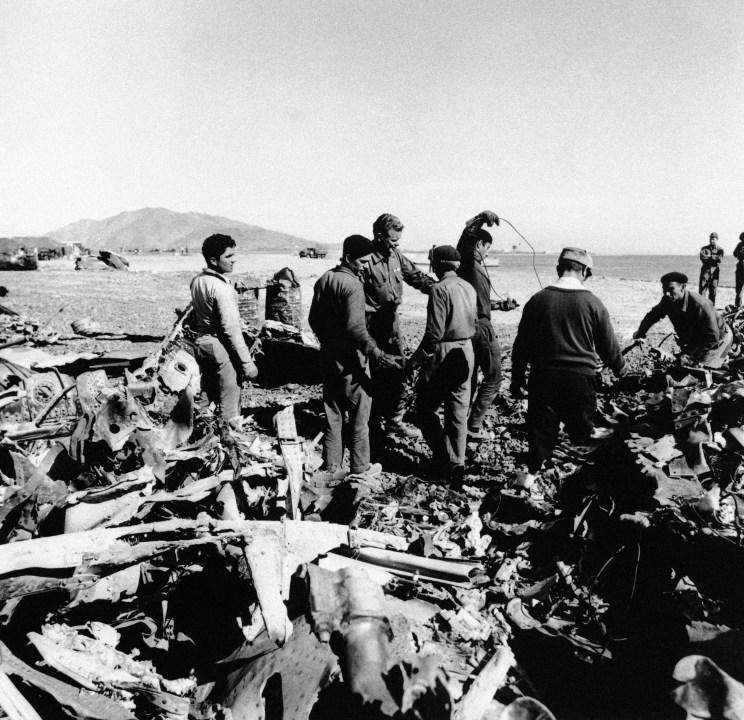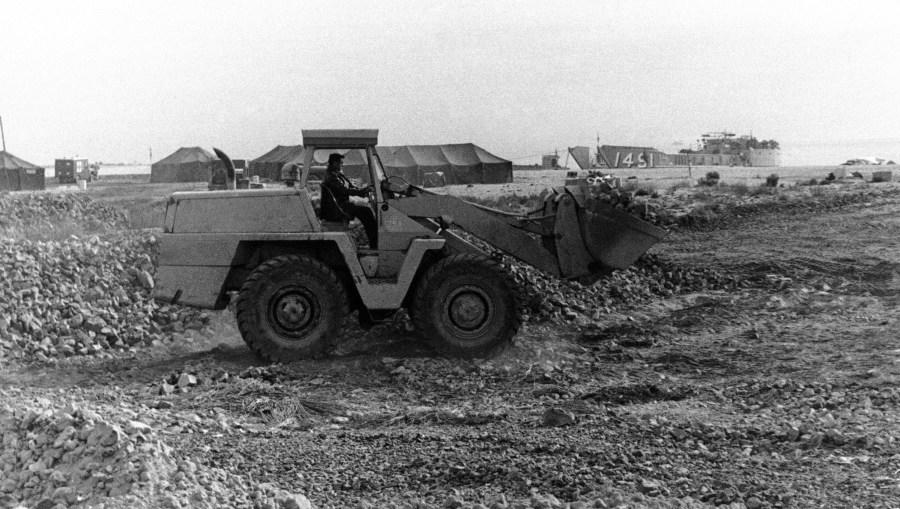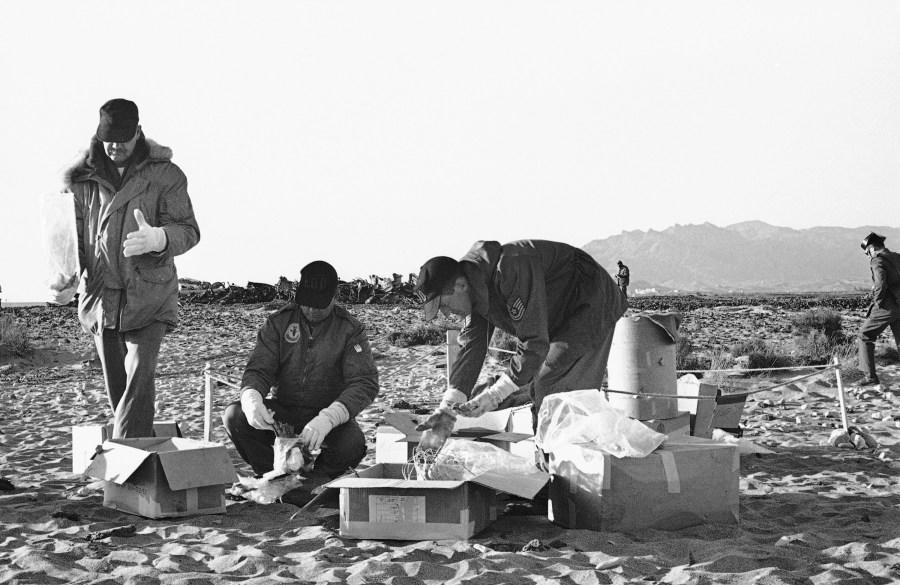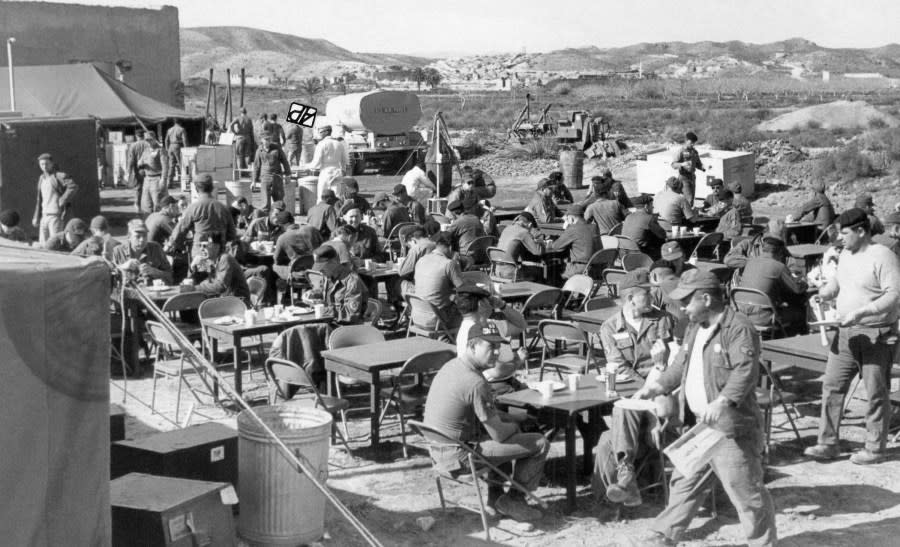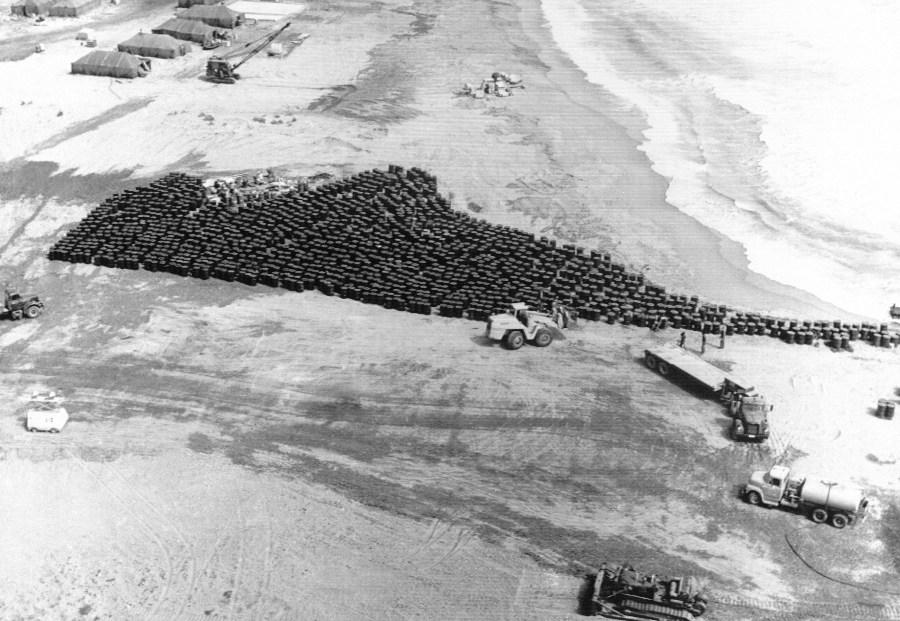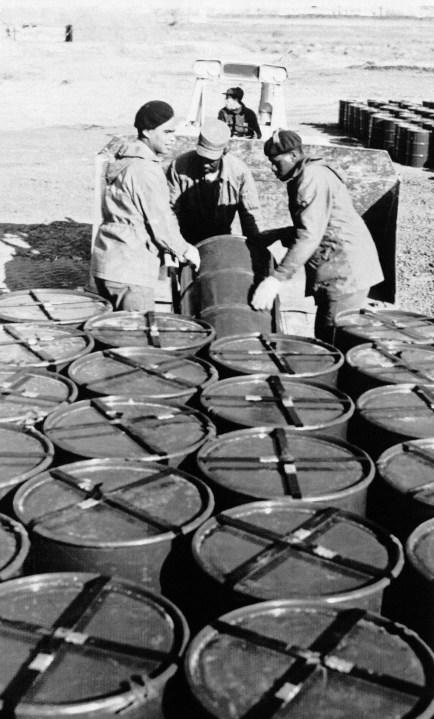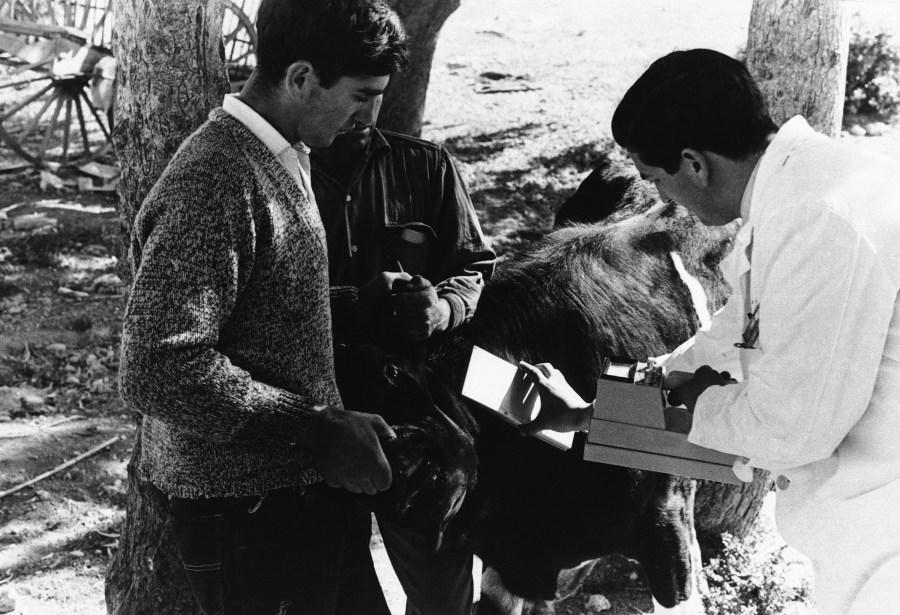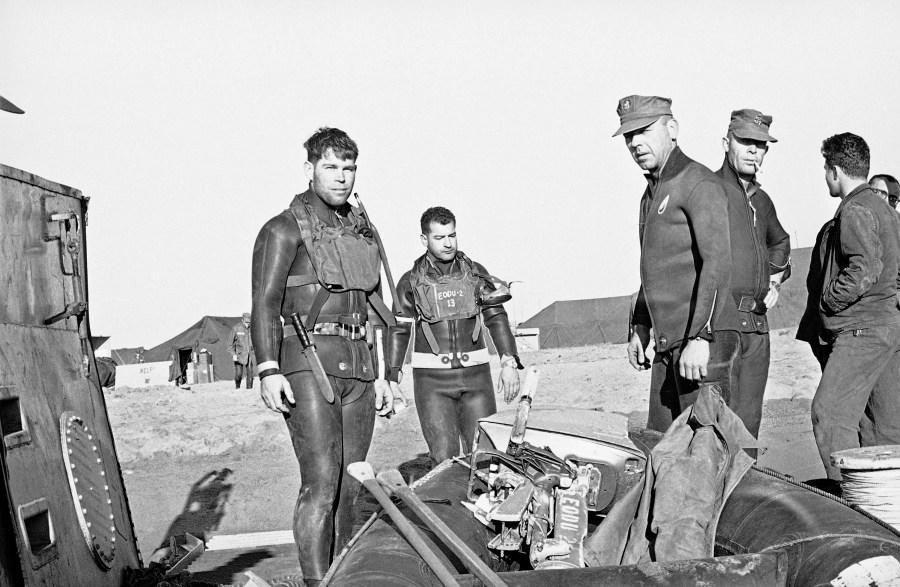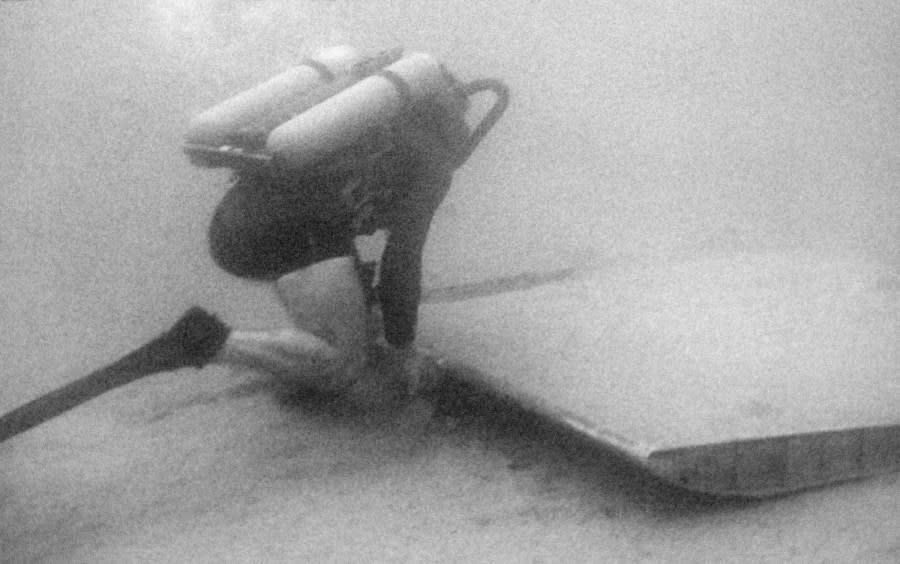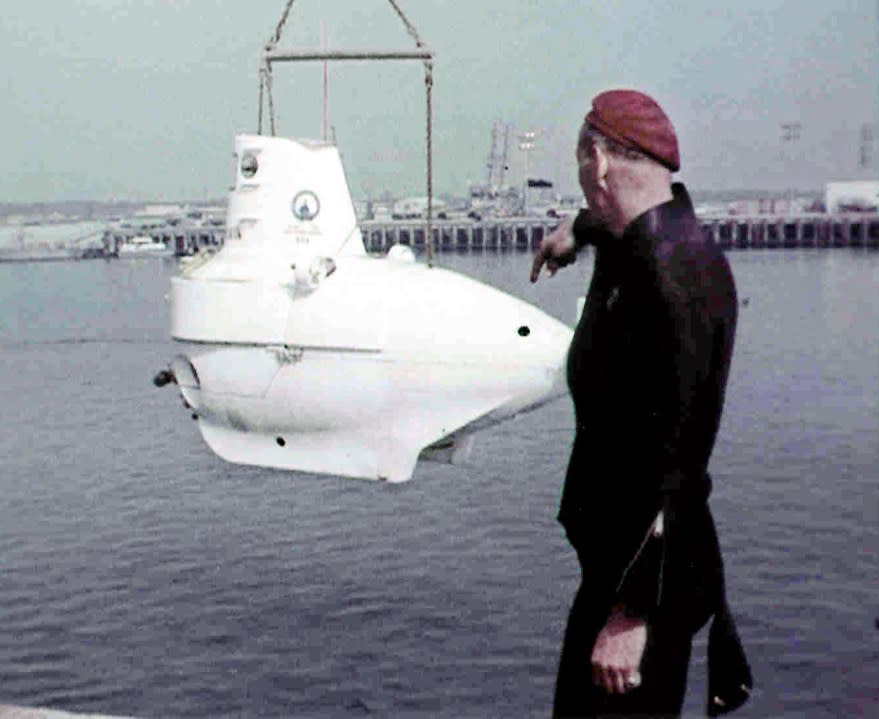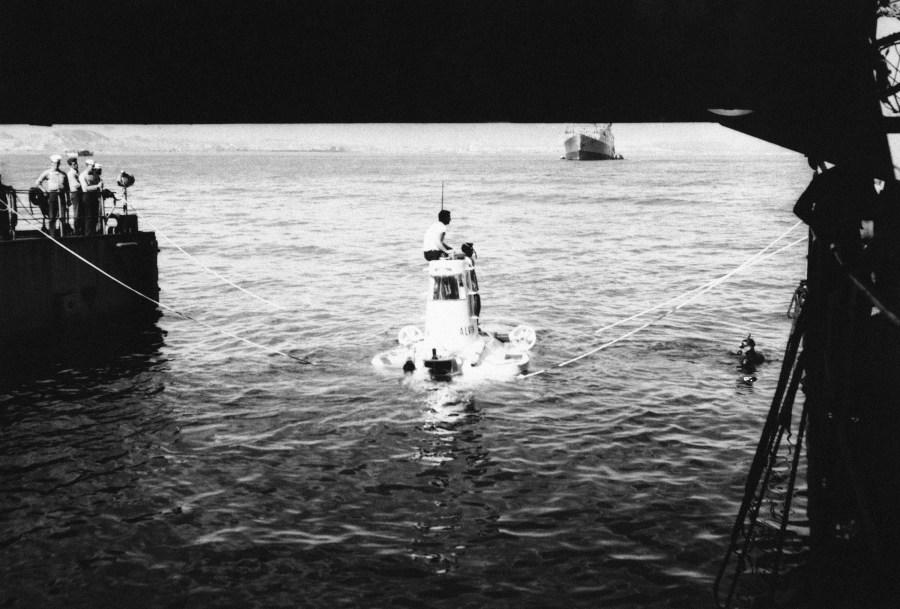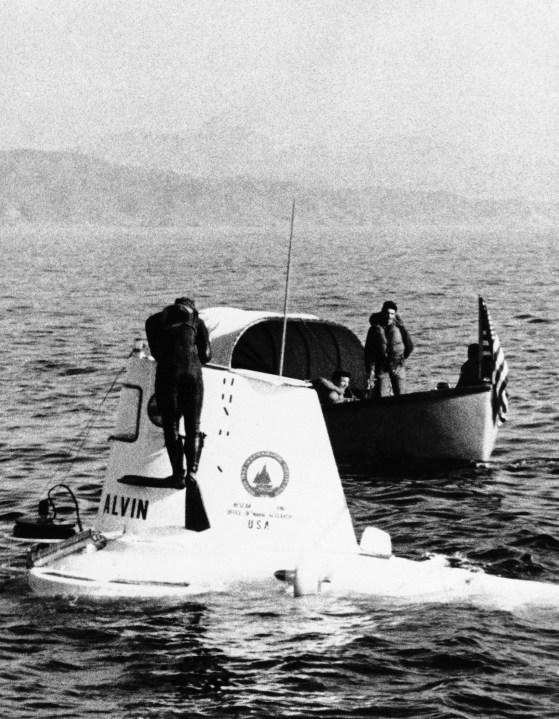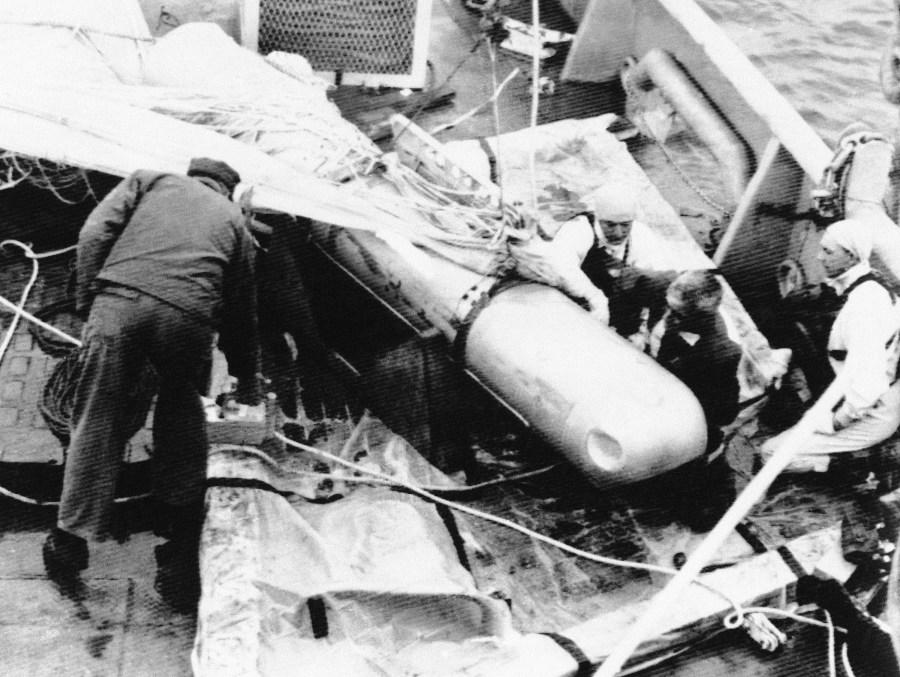PALOMARES, Spain (WHTM) — It was called Operation Chrome Dome. On January 17, 1966, a USAF B-52G bomber, which flew from Seymour Air Force Base in North Carolina to somewhere near the Soviet Union’s border with Europe, was preparing to perform its second mid-air refueling of the mission with a KC-135 tanker over the Mediterranean Sea. Then, as the B-52 pilot later put it, “All hell seemed to break loose.”
Get daily news, weather, breaking news and alerts straight to your inbox! Sign up for the abc27 newsletters here
The two planes collided, and the fuel load on the tanker plane exploded. All four crewmembers of the tanker were killed, as well as three of the seven men on the B-52. The other four were able to parachute to safety.
And from the destroyed B-52 fell four thermonuclear bombs-H bombs, as they are often called. One of them splashed into the Mediterranean. The other three crashed into the land around Palomares, an agricultural and fishing community in the Almería province of Spain. One of them landed relatively intact, but the non-nuclear explosives in the other two detonated on impact. The nuclear explosives, uranium and plutonium, did not go off, but in a classic demonstration of the “dirty bomb” scenario, the conventional explosives scattered about seven pounds of Plutonium 239 across a large swath of land.
-
The wreckage of a USAF Jet tanker which collided Spanish officials in background search for bodies in Almeria, Spain on Jan. 18, 1966. (AP Photo)
-
The largest piece remaining of a U.S. jet tanker after its collision with a B52 bomber in Almeria, Spain, Jan. 18, 1966. Two of its crews were killed and the other two listed as missing. (AP Photo)
-
Part of the wrecked fuselage of an USAF B52 bomber lines where it crashed near Palomares, 60 miles Northeast of Almeria, Spain on Jan. 17, 1966 after a Collision in flight with an USAF Kc 135 tanker while refueling. The Tanker too crashed. 4 of the 7 B 52 drew men survived. (AP Photo)
-
Maj. Gen. Delmar Wilson, left, USAF, and rear Adm. William S. Guest, USN, are at Palomares Beach, Spain on April 8, 1966, inspecting the H-Bomb that was recovered from the Mediterranean. Bomb had been lost since January, following a crash of two USAF planes. Behind them is the torpedo grapple device which was used to recover the weapon from 2,500 feet below the surface of the sea. (AP Photo)
-
Spanish and Americans work together sorting the tons of wreckage from the B-52/KC-135 which crashed on the coast of Southern Spain on Feb. 22, 1966. (AP Photo)
-
A U.S. Air Force bulldozer cleans up rubble at the base camp from which the long search for a missing nuclear bomb continues in Palomares Beach, Spain on Feb. 11, 1966. (AP Photo)
-
Technicians of the U.S., Air Force use rubber gloves while picking up picking particular pieces of the wreckage and placing them in cardboard boxes in Palomares on Jan. 28, 1966. Main part of the wreckage in background. (AP Photo/Franco Mattioli)
-
Open air luncheon at Camp Wilson in Palomares Beach, Spain on Feb. 17, 1966. Nuclear search teams have noon-day meal from field kitchen. Two at right appear well fed. (AP Photo)
-
More than 1,000 sealed barrels containing radioactive soil near Palomares in Spain on March 18, 1966, where H-bombs fell and broke open. The soil is to be taken to the U.S., atomic energy commissions Burial Ground near Aiken, South Carolina, for disposition. (AP Photo)
-
Barrels of contaminated earth collected from the nearby area in Palomares, Spain on March 18, 1966, where a U.S. B52 plane crashed on January 17 with H-Bombs aboard. The earth will be shipped to the U.S., atomic energy commissions burial ground near Aiken, S.C., for disposition. (AP Photo)
-
No hair left unturned in great nuclear search, an expert from Spains Nuclear Energy Board checks a reluctant cow for signs of radioactivity in Palomares Beach, Spain in 1966. (AP Photo)
-
U.S., Navy frogmen arrive ashore with a LST to pickup a raft at the rescue and collection center set up in the beach in Palomares on Jan. 28, 1966, by U.S., Army and Air Force. The center has been set up to collect the pieces of the wreckage of a B-52 and a tanker jet which collided midair on January 17. They are also searching for nuclear devices which were aboard the B-52. One of the devices has been pinpointed at the bottom of the sea at about 1000mts offshore. (AP Photo/Franco Mattioli)
-
A U.S. scuba diver surveys a piece of aircraft wreckage that was found at depth 130 feet in waters of Palomares during search for missing H-Bomb in Palomares Beach, Spain on March 9, 1966. (AP Photo)
-
** FILE ** In this March. 1966 photo taken from 16mm film footage from the National Archives in Washington D.C., an unidentified U.S. military diver guides an Alvin mini-submarine into the water near Palamares in south-eastern Spain, after a U.S. B-52 bomber crashed with a tanker plane during aerial refueling Jan 17, 1966, causing four hydrogen bombs to fall to earth in Palomares. Spain and the United States have reached an agreement on cleaning up radioactivity in the area, 40 years and 9 months after the accident news reports said Sunday. (AP Photo/National Archive Record Administration, Washington D.C. File.)
-
The submarine Alvin sits in the well deck of a U.S. Navy landing ship dock as the deck is flooded to set the Alvin afloat. The two-man sub was one of two miniature subs used to search and recover debris in the depths off the coast of Palomares on Feb. 24, 1966. (AP Photo)
-
The two-man Midget submarine Alvin, which made pictures indicating that the H-bomb missing off Palomares Beach, Spain on March 18, 1966, had been located, is near the Spanish Coast. A frogman checks with crewmen inside the tiny craft as a U.S. Navy launch stands by. The sub what official sources said was undoubtedly the bomb five miles off the southern coast of Spain and 2,500 feet below the surface. (AP Photo)
-
U.S. Navy ordnance men check for contamination on an H-bomb on deck of the USS petrel off Palomares Beach, Spain on April 8, 1966, after the bomb was successfully recovered from the Mediterranean Sea. Bomb had been lost since last January following the crash of two U.S. Air Force planes. (AP Photo)
-
In the spotlight since a United States jet plane collision on January 17, residents of the area around Palomares, Spain, carefully grade the new tomato crop before packing and shipment to market on March 21, 1966. Farmers around Palomares are worried about sale of their crops because this is the area on which three hydrogen bombs dropped in the collision of two jets. U.S. experts are trying to raise on object which is believed to be a fourth bomb, found after long search on a ledge 2,500 feet down in the sea off Palomares. (AP Photo)
-
U.S. Secretary of State John Kerry, left, and Spain’s Foreign Minister Jose Manuel Garcia Margallo sign agreements at the Santa Cruz palace, Spain’s Foreign Affairs Ministry, in Madrid, Spain, Monday, Oct. 19, 2015. Spain and the United States signed an agreement Monday to further discuss the cleanup and removal of land contaminated with radioactivity after a mid-air collision in 1966 dumped four U.S. hydrogen bombs near the southern Spanish village of Palomares. (AP Photo/Francisco Seco)
US Air Force personnel from Torrejón Air Base near Madrid were sent to Palomares to access the situation and begin cleanup. The U.S. Navy sent ships to search for the bomb which fell into the water. Included in the fleet was the DSV Alvin, a research submarine operated by the Woods Hole Oceanographic Institution. (If the name of the sub rings a bell with you, it’s probably because twenty years later, in 1986, she would be the first manned submersible to explore the R.M.S. Titanic.)
Nagasaki marks A-bombing anniversary amid nuclear war fears
It took 80 days of looking, with scuba divers, hardhat divers, and submersibles, until Alvin finally located the bomb on March 15, in 2,550 feet of water. The first attempt to recover the bomb failed; it slipped loose while trying to attach lift lines and slid into deeper water. Alvin found it again on April 2 at a depth of 2,900 feet. On April 7 CURV-1, an unmanned, cable-controlled torpedo recovery craft, attempted to attach a line to the bomb but got entangled in the weapon’s parachute. The bomb and sub were winched up together to a depth of 100 feet, where divers attached cables. The nuclear weapon was brought to the surface, put on a ship, and taken to the United States.
Meanwhile ground cleanup continued around Palomares. 1,600 people, mostly Air Force personnel, spent months digging up soil, loading it into barrels, and shipping it off to a nuclear waste facility. In all about 10,000 cubic meters of soil were removed at a cost of about $80 million dollars.
Before long, people who worked on the cleanup started getting sick. Cancers, blood diseases, skin diseases, and a whole plethora of health issues began cropping up among veterans who moved the soil around Palomares. But many were denied disability benefits from the Veteran’s Administration based on Air Force radiation exposure estimates.
Experts warn senators of Russia, China nuclear programs
Then in 2016, the 50th anniversary of the accident, the New York Times published a scathing article detailing the sufferings of the veterans, and how they’d been stonewalled in their efforts to get help.
In 2017 one of the veterans, Victor Skaar, sued the Department of Veterans Affairs in the specialized Court of Appeals for Veterans Affairs, requesting, among other things, that the Palomares veterans be given class-action status. The court granted that status in 2019, and in 2020 ordered the VA to review the Palomares veteran’s eligibility for benefits. Then on August 10, 2022, President Biden signed the Promise to Address Comprehensive Toxics (PACT) Act, which seeks to ensure compensation and benefits to military personnel exposed to toxins-including the radioactive material at Palomares.
Veterans of UK nuclear weapons tests win battle for medal
In Palomares itself, the people are still dealing with the aftermath of the event more than half a century later. While no official estimates have been published, there is still plutonium in the area. (In 2008 two trenches of radioactive soil were discovered, apparently buried by the Americans late in the cleanup.) Some areas are fenced off, and residents of the area are tested annually by Spanish and American research groups. Plankton and snails in the area show unusually high levels of radiation.
UN chief urges nuke powers to abide by no-first-use pledge
(To read the New York Times article click here.)
The half-life of Plutonium is 24,000 years.
Copyright 2025 Nexstar Media, Inc. All rights reserved. This material may not be published, broadcast, rewritten, or redistributed.
For the latest news, weather, sports, and streaming video, head to ABC27.






